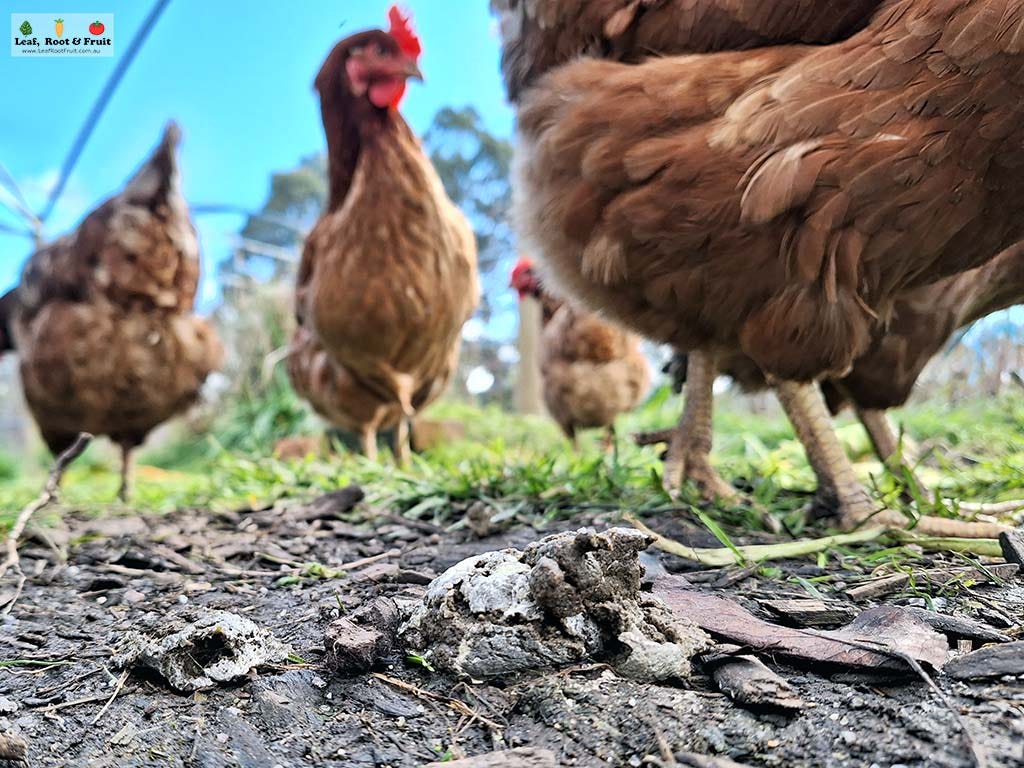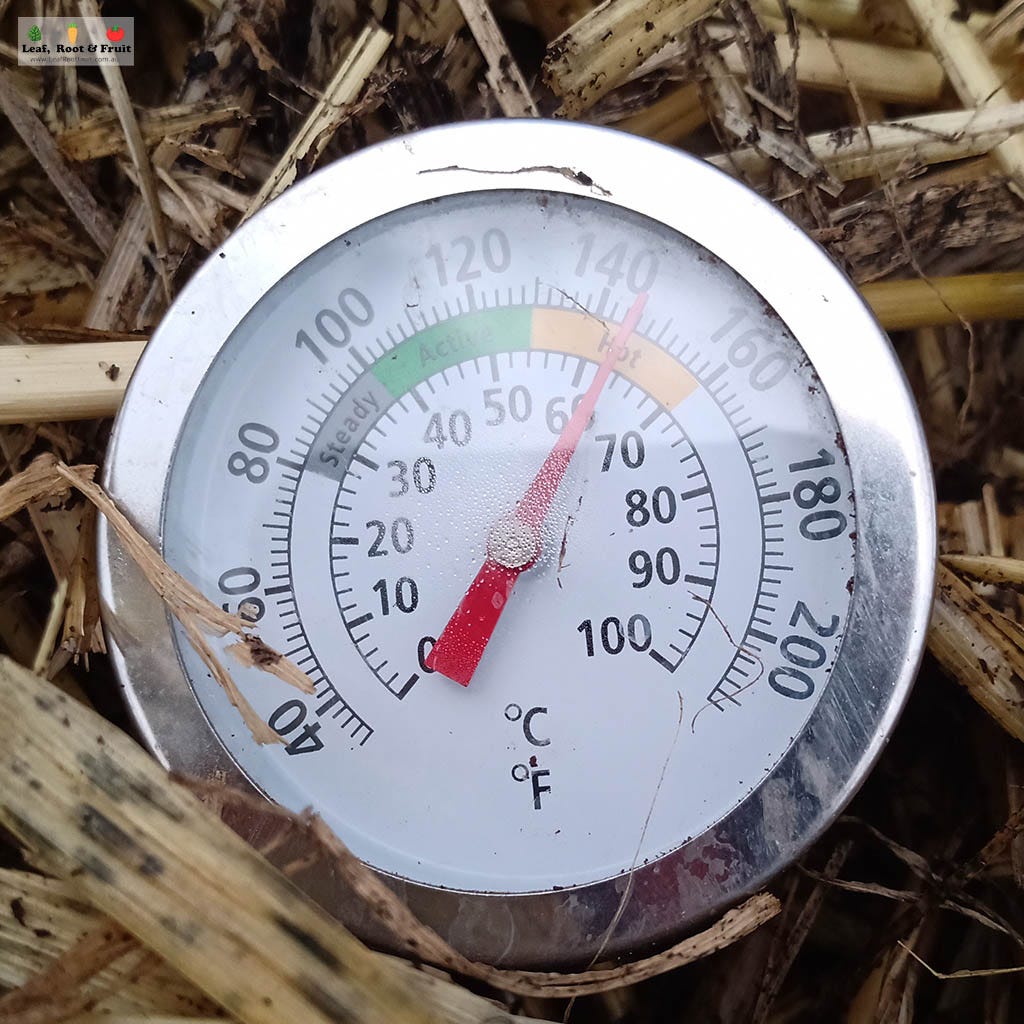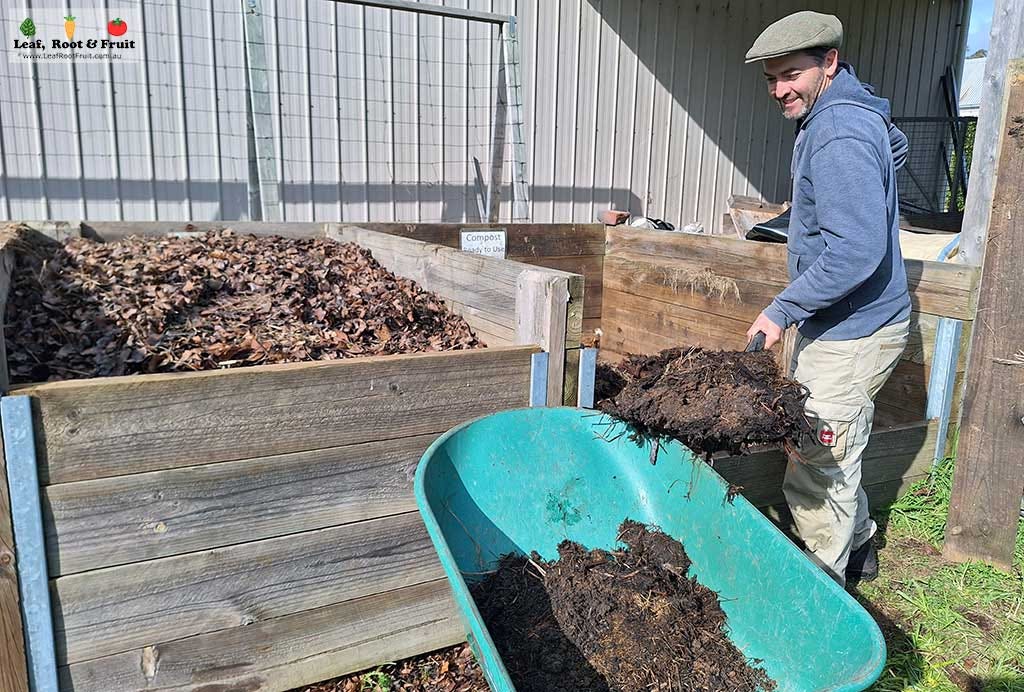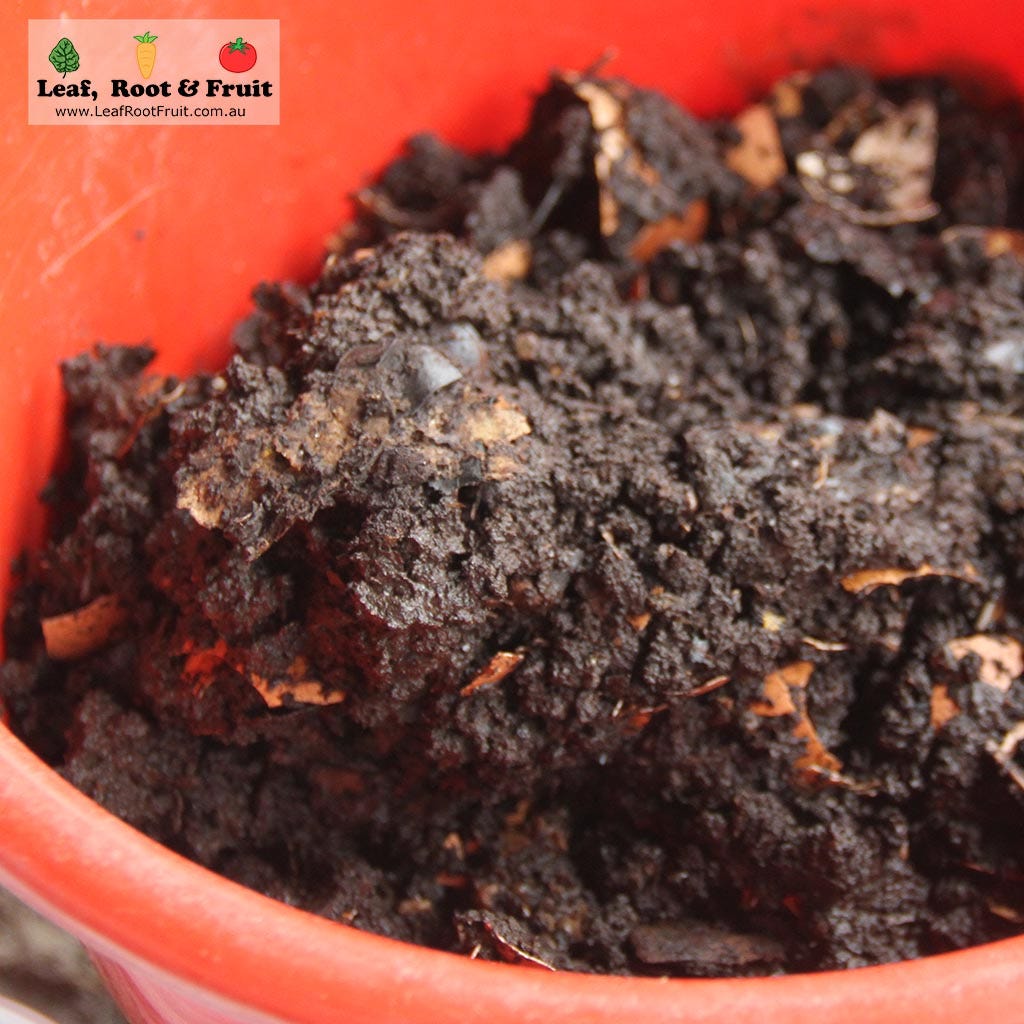Using Compost in the Vegetable Patch
Part Eight of the Vegetable Patch From Scratch Series
Compost is a great way to improve your soil and to help prepare vegetable garden beds for planting. This week, I discuss how and when to use compost in your vegetable patch.
Compost should be added regularly to garden beds used for food growing. The timing of application should be adjusted according to the crops growing in each particular bed (see Part 18: Crop rotation for more info on this). I have already put together a comprehensive guide to different composting solutions for home gardeners. So I won’t repeat myself here. Instead, I’ll focus on how to use the product that you generate out of those systems.
Worm castings are the most amazing product you can add to your vegetable patch. They are packed full of nutrients and will really give the soil and anything growing in it a huge boost. However, avoid adding it to soil that is to grow medium- or light-feeding plants such as carrots and garlic (more on that in Part 18). Expect a lot of self-sown plants to pop up in your patch after adding worm castings to the garden, because many seeds will survive their time in the worm farm and remain viable.
Worm wee (or worm juice) has much lower nutrient value than worm castings. I don’t see a lot of benefit from it, as evidenced in this grow trial. Most of the liquid we call “worm wee” is actually leachate from the worms’ bedding and food.
Animal manure such as chicken manure can be very “hot”. That is, it still has a lot of nitrogen in it and this can burn plant roots, especially those of small seedlings. Usually I’ll add the animal manure to a hot compost system first and then work the compost through the soil. Alternatively, you can work the animal manure through the soil a few weeks before planting and let it settle. Manure from mammals tends to have a lot less nitrogen than manure from birds and can usually be added to the soil immediately before planting (provided you’re working with only a small quantity), but it is better left to sit for a week or two.

Horse manure in particular will have plenty of weed seeds (these pass through the gut without being killed) so expect plenty of weeds in your patch after adding horse manure.
Hot compost or cold compost can usually be worked through the soil immediately before planting. There’s no need to let it sit for a while. Cold compost will usually result in a lot of weeds and self-sown plants springing up in your patch. Hot compost is different: the seed bank has usually been killed by the 70-degree-plus temperatures of a hot compost system.

If you have a large space and need some large quantities of compost, then I usually recommend working mushroom compost through the soil before planting. However, be aware that mushroom compost has a bad reputation in some online forums, mainly because of its variable and often highly alkaline pH. I think the confusion and bad reputation are because there are different types of mushroom compost out there: real mushroom compost vs mushroom compost that has never been used to grow mushrooms. I’ve already written about this in our composting guide. In recent years there have been a few problems with herbicide contamination in commercially available compost. I’ve written about this devastating problem and how to check for it here.



